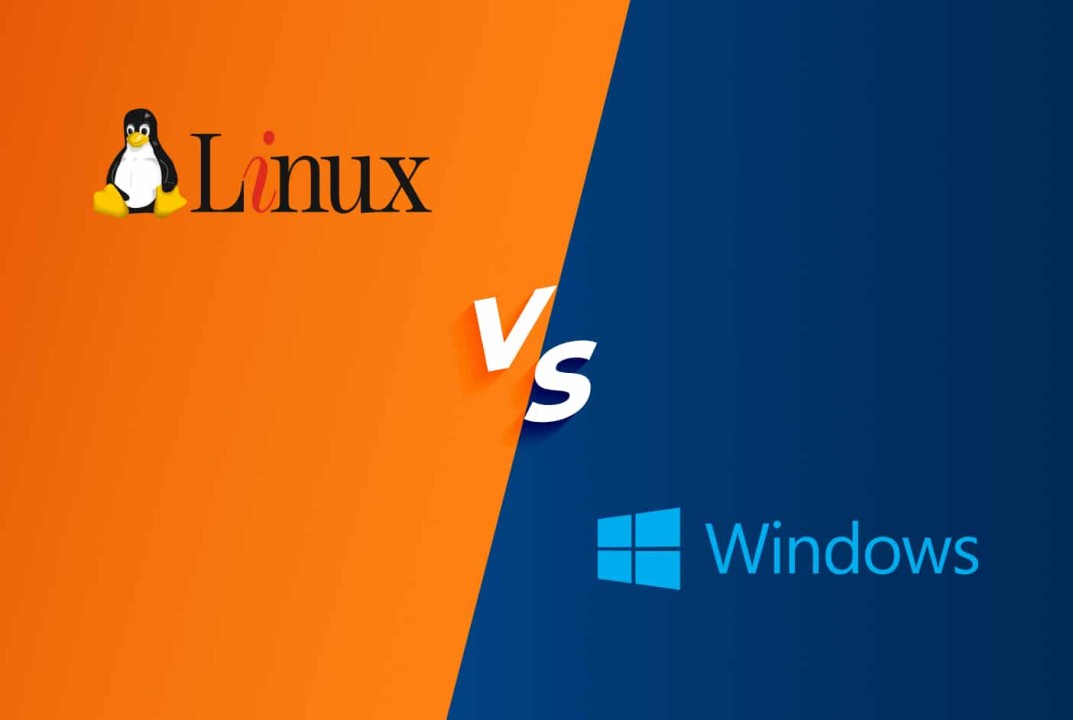
Linux vs Windows
Operating systems are like the brain of a computer, helping it run and perform tasks. Two popular operating systems are Linux and Windows. Let's explore the differences between them.
1. User Interface:
- Linux: Has various versions, like Ubuntu, with user-friendly interfaces. Some versions resemble Windows, making it easy for users to adapt.
- Windows: Known for its familiar and user-friendly interface, featuring a Start menu and icons for easy navigation.
2. Cost:
- Linux: Generally free and open-source. Users can download, use, and modify it without paying license fees.
- Windows: Requires a license for most versions, and users need to purchase it. Some versions, like Windows 10 Home, are available for a fee.
3. Software Compatibility:
- Linux: Some software may not be readily available, but Linux has a wide range of open-source alternatives. It is excellent for programming and server tasks.
- Windows: Supports a vast array of software, especially popular applications and games. Widely used for personal and business purposes.
4. Security:
- Linux: Known for strong security features. Users often do not need antivirus software due to its secure design.
- Windows: Prone to more malware attacks, but recent versions have improved security features. Antivirus software is commonly used.
5. Customization:
- Linux: Highly customizable. Users can modify the source code to suit their needs, making it a favorite for tech enthusiasts.
- Windows: Customizable to a certain extent, allowing users to personalize settings, themes, and desktop appearance.
In summary, Linux is favored for its open-source nature, security, and customization options, while Windows is widely used for its user-friendly interface, software compatibility, and gaming capabilities.
Understanding the differences between these operating systems helps users choose the one that best fits their preferences and requirements.